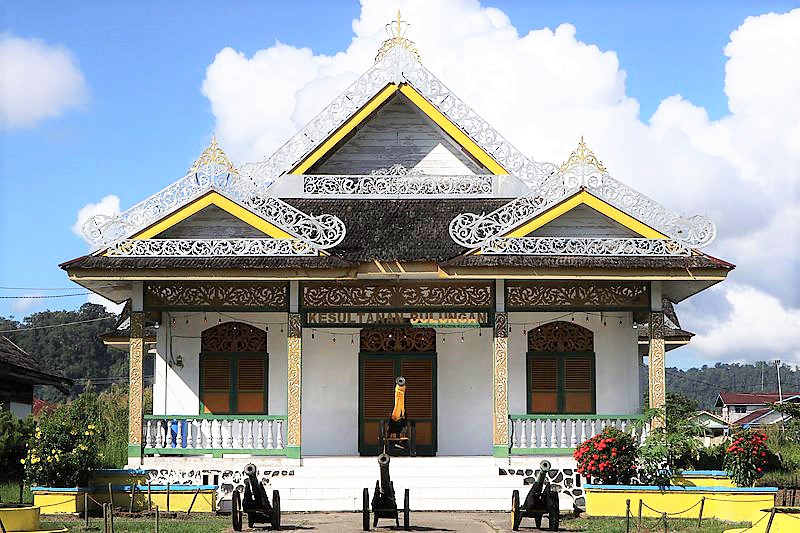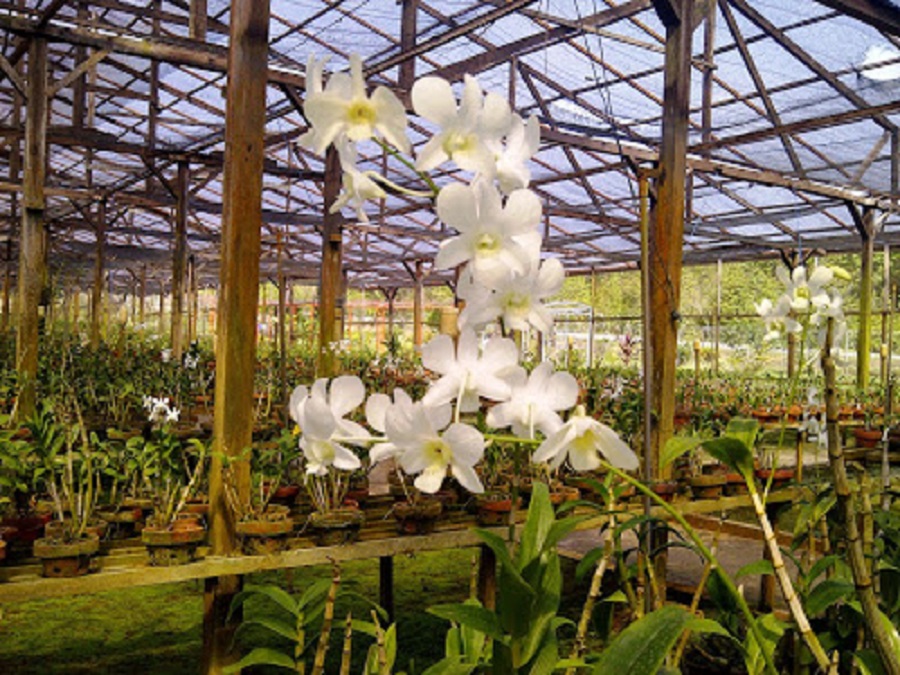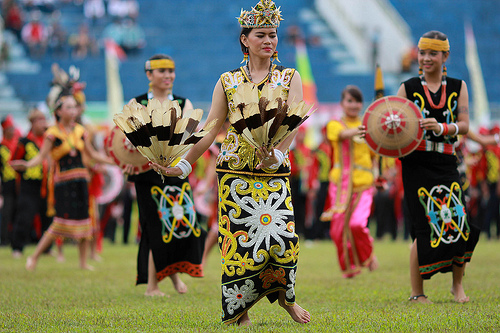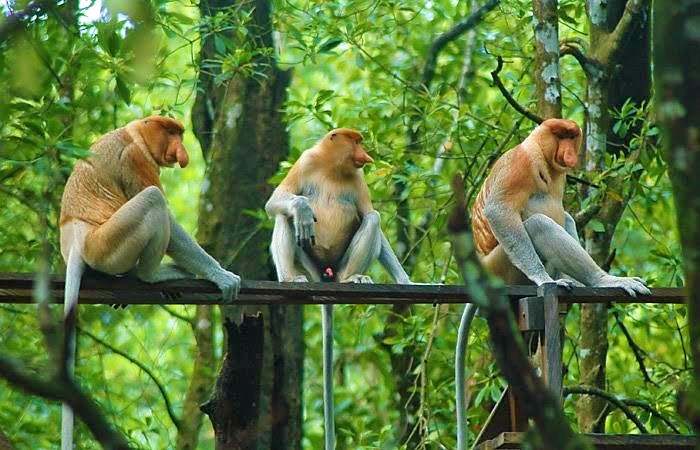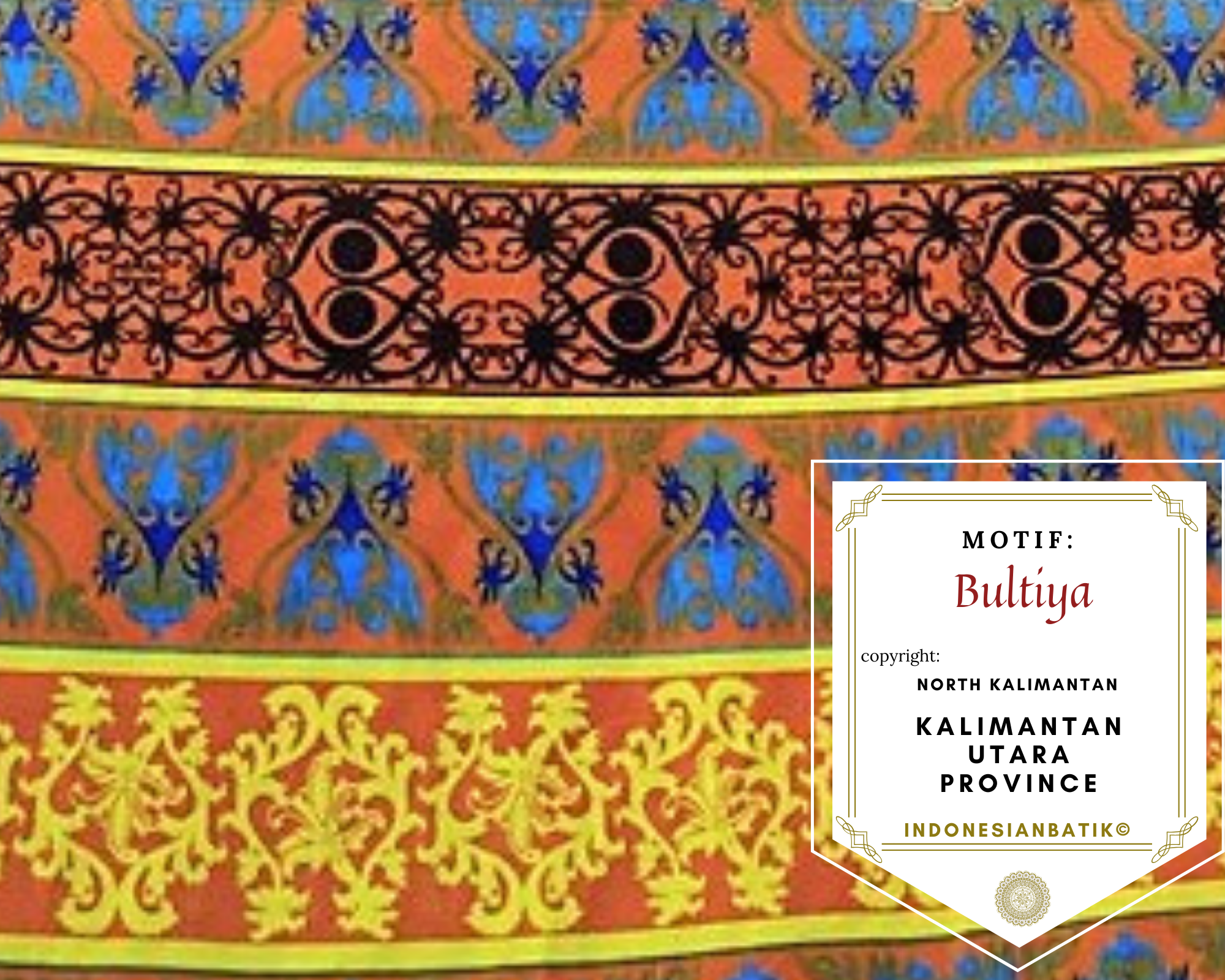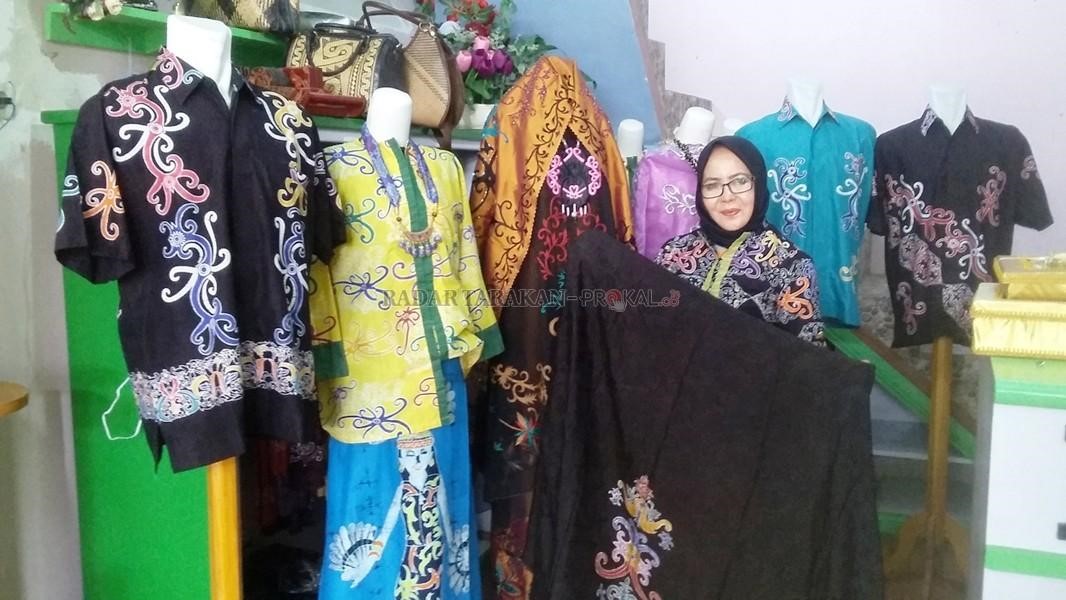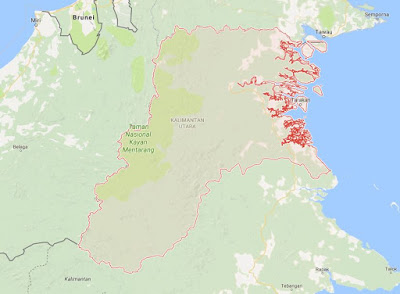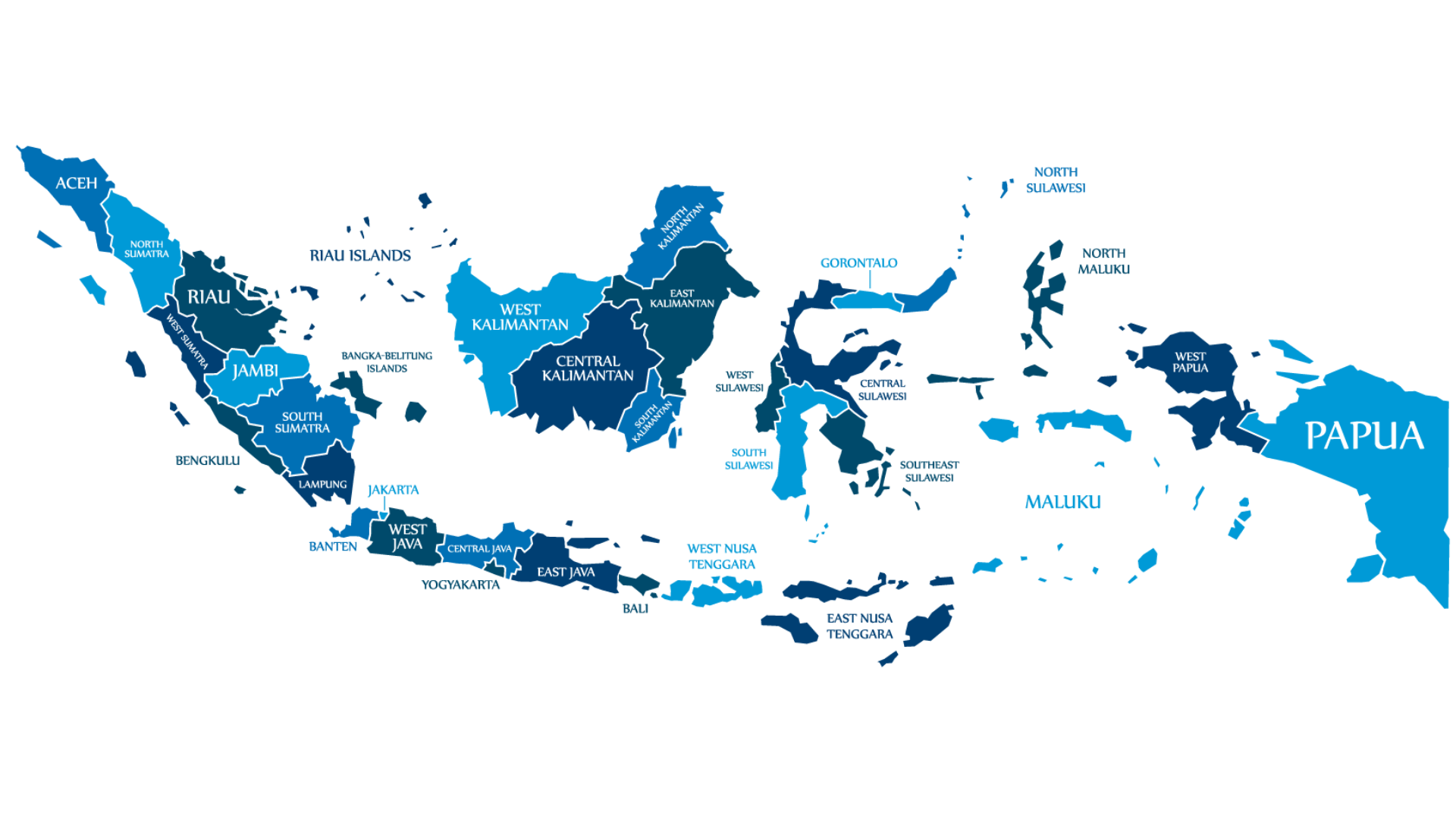Home / Batik Regions – Central Indonesia – Kalimantan Island – North Kalimantan
Facts of the region
Discover Batik in North Kalimantan
The Batik handwriting process in North Kalimantan (photo: Benuanta)
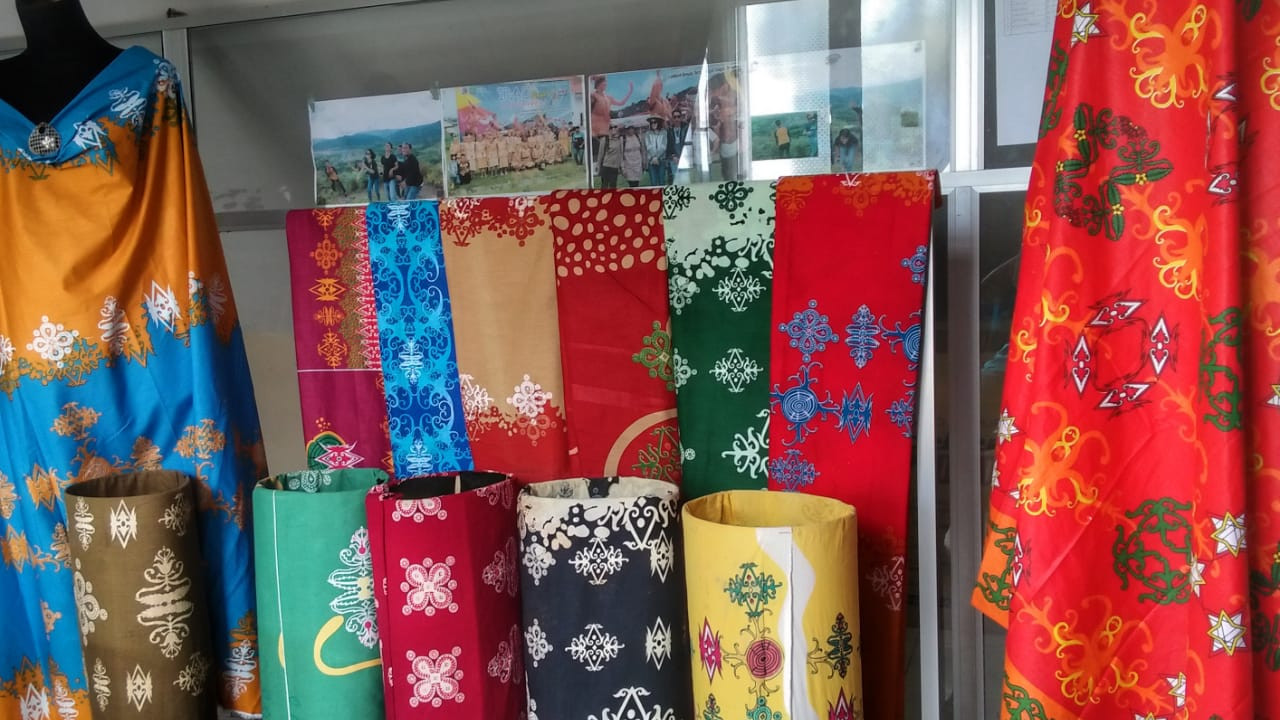
The Batik exhibition in Nunukan Crossborder Festival, North Kalimantan (photo: Kemenpar)
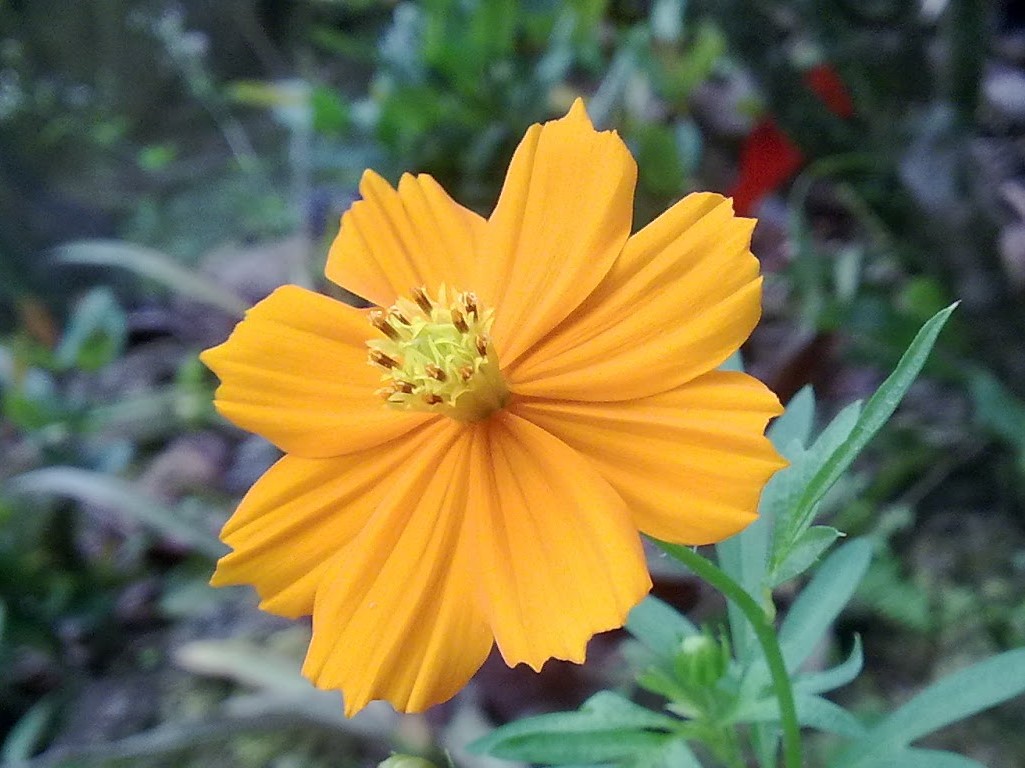
The Yellow Cosmic Flower as the common Batik inspirations in North Kalimantan (Photo: @Pychan)
The Glory of Yellow Cosmic
North Kalimantan is known for its woven textile. However, batik tradition is developed recently by local craftsmen. The designs shown are adapted from ornaments and cultural customs of the Dayak. These motifs illustrate the life lessons, philosophical values, and local wisdom. Tarakan Batik is mostly produced using natural materials and dyes, and it is very environmentally-friendly.
Socio Cultural Values of Batik in North Kalimantan
North Kalimantan Batik, or the Tarakan Batik, is inspired by the local flora and fauna. Batik is most commonly worn at formal social functions. It is also used as goodwill and congratulatory presents between colleagues, family, and friends.
Batik Motifs in North Kalimantan
Batik Villages in North Kalimantan
local batik workshop
Batik villages are the region where the Batik producers mostly reside. You could buy the Batik textiles from the artisans and participate in the making process of Batik on the site.
nOrth kAlimantAn
Visual Journey
in 1 Minute
Batik production in north kalimantan
The Kingdom of Tropical Nature
nOrth kAlimantan
The Nunukan Islamic Center (photo: @obyreza)
About North Kalimantan
Bordering the State of Sabah (Malaysia) in the north and in the west, this province has a unique cultural mixture of the migrant Malay ethnicity and indigenous Dayak ethnicity. North Kalimantan, which was established in 2012, is one of the youngest provinces in Indonesia. It has large areas of peat forest and rich tropical biodiversity. Nature conservation has been maintained by the local wisdom of Dayak indigenous communities for centuries.
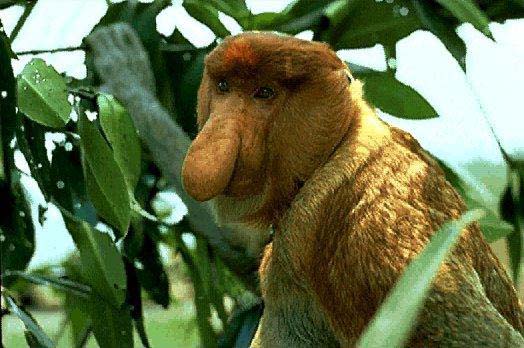
Facts about North Kalimantan
North Kalimantan is located on the island of Kalimantan, with an area of ± 75,467.70 km². It is bordered by the State of Sabah (Malaysia) in the North, the Sulawesi Sea in the East, the Province of East Kalimantan in the South, the Sarawak State (Malaysia) in the West.
North Kalimantan Province has a sea area of 11,579 km² (13% of the total area). The total population based on the census in 2017 is 691,058 people. The majority of the population is Muslim (59.54%), with the rest being Protestant Christians (31.38%), Catholics (7.60%), Buddhists (1.26%), and Hindus (less than 1%). The three dominant tribes that inhabit this province are the Dayak, the Banjar, and the Bulungan.
One of its most famous endemic animals is the big-nosed Bekantan monkey (Nasalis larvatus) (Photo: @Wikipedia).
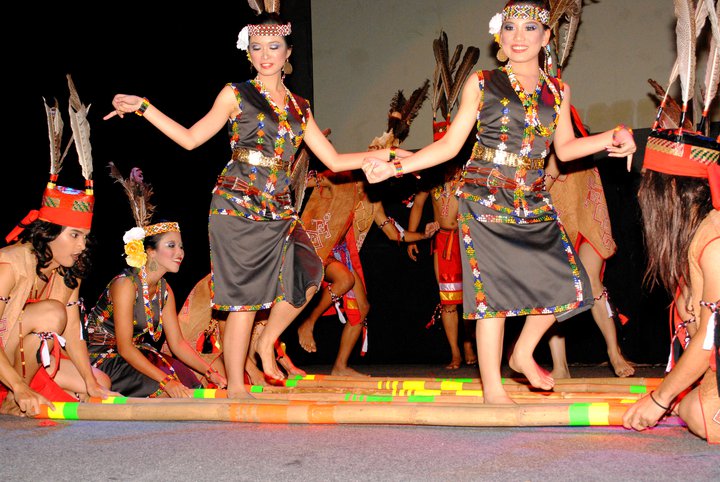
Highlights on Culture
Historically, North Kalimantan was part of the Bulungan Sultanate, which governed the territory from 1731 to 1958. This province possesses a rich cultural diversity and important indigenous cultural reserves at both regional and national levels.
Three cultural works of North Kalimantan Province were designated as Indonesia’s Intangible Cultural Heritage in 2017 by the Ministry of Education and Culture of the Republic of Indonesia: The ceremonial procession of the Tidung tribe, the Padaw Tuju Dulung in Tarakan City; the Dayak Kenyah tribe’s musical instrument from Metun Sajau Village in Bulungan Regency; and the Lalatip Dance from Malinau Regency. (photo: budaya-indonesia).
Tourist Attractions in North Kalimantan
